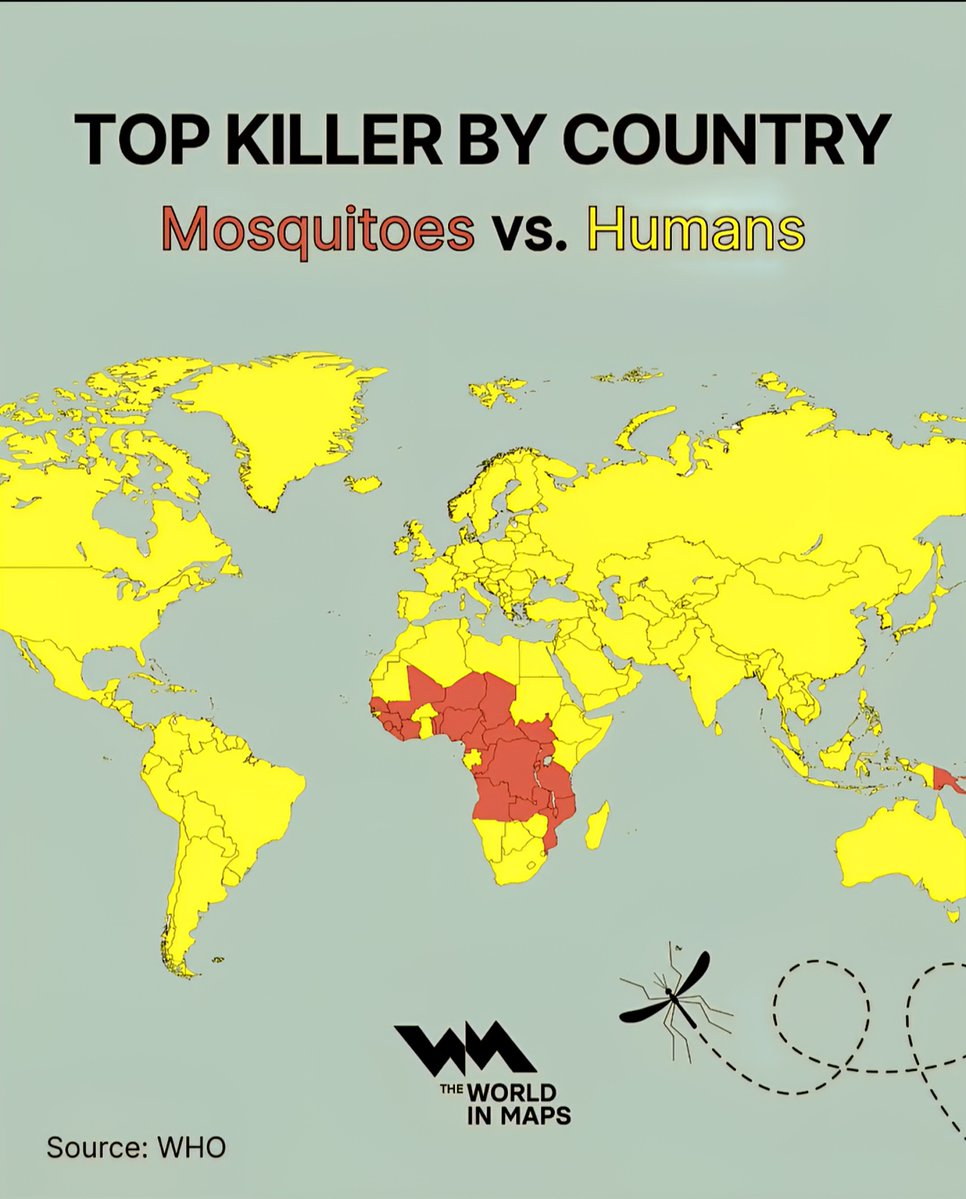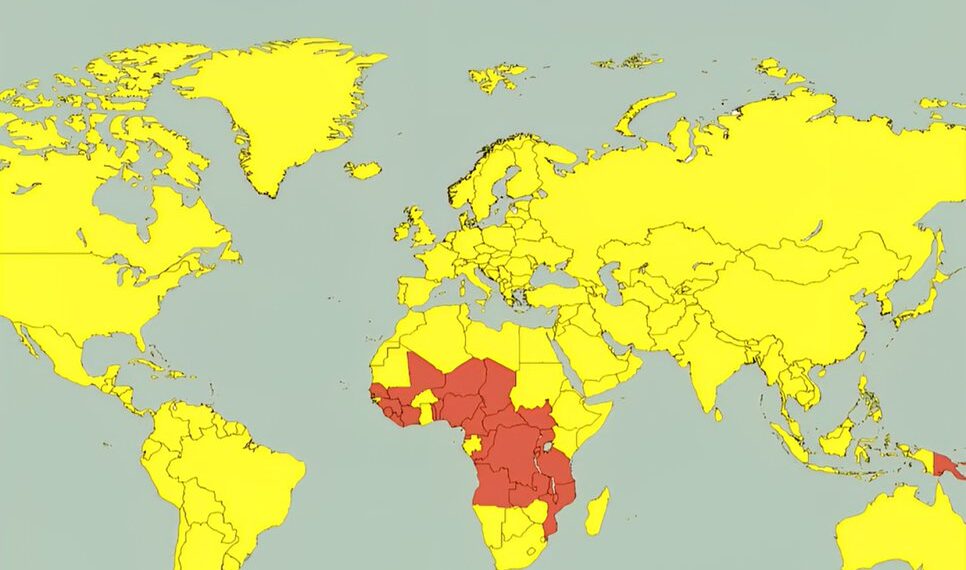Select Language:
The Ongoing Battle: Mosquitoes vs Humans in 2025

As summer rolls into full swing across the United States and beyond, one tiny but formidable foe continues its relentless assault on humans: mosquitoes. These insects may be small, but their impact on public health and daily life is monumental. Here’s a breakdown of the latest developments in the ongoing war between mosquitoes and humans in 2025.
1. Emerging Mosquito-Borne Diseases and Their Public Health Impact
In 2025, the threat of mosquito-borne illnesses has escalated significantly. Diseases like Zika, West Nile Virus, Dengue fever, and chikungunya continue to threaten populations, especially in warmer and more humid regions. Scientists are raising alarms over new strains of these viruses displaying increased resistance to existing treatments.
Health authorities are also warning of the potential for new infections caused by mosquito species adapting to urban environments. For instance, researchers have identified the Aedes aegypti mosquito’s increasing resilience, making it harder to control in densely populated areas.
2. Advances in Mosquito Control Technologies
The battle against mosquitoes has led to innovative solutions this year. From genetically modified mosquitoes designed to reduce populations to the release of sterile male mosquitoes, these advancements aim to curb the spread of detrimental diseases.
One notable breakthrough involves the use of CRISPR gene-editing technology to create mosquitoes incapable of transmitting viruses. The species are released into affected areas, where they breed with wild mosquitoes, passing on the gene edits and gradually reducing disease vectors.
Additionally, autonomous drone technology is being employed for targeted insecticide spraying, allowing for precise application without harming other wildlife or the environment.
3. The Rise of Natural and Eco-Friendly Repellents
As concerns about chemical exposure grow, consumers are increasingly turning toward natural alternatives for mosquito protection. In 2025, many companies are marketing botanical repellents made from plant extracts like citronella, neem, and lemon eucalyptus.
Research indicates that these natural repellents can be highly effective when used consistently and correctly. However, experts caution that they often have a shorter duration of effectiveness compared to synthetic chemicals, prompting ongoing research into enhancing their longevity.
4. Impact of Climate Change on Mosquito Distribution
Climate change continues to influence mosquito populations. Rising global temperatures and unpredictable weather patterns have expanded the habitats suitable for mosquitoes to thrive, even in regions previously considered too cold.
For instance, increased rainfall creates stagnant water pools, ideal breeding grounds. This shift is leading to a higher incidence of mosquito-borne diseases in geographic areas that historically experienced minimal risk.
Public health officials are urging communities to eliminate standing water around homes and implement preventative measures to address these changing environmental factors.
5. The Human Response: Community Engagement and Personal Protection
In the face of relentless mosquito activity, communities are adopting proactive measures. Public awareness campaigns emphasize the importance of personal protection, such as wearing long sleeves, using effective repellents, and installing window screens.
Community-wide efforts include organizing neighborhood clean-ups to eliminate breeding sites and deploying larvicides to reduce mosquito larva in standing water.
Healthcare providers are also emphasizing early detection and prompt treatment of mosquito-borne illnesses to minimize health impacts, especially for vulnerable populations like children and the elderly.
6. The Economic Toll of Mosquitoes
Mosquitoes don’t just threaten health—they also impose a significant economic burden. From increased healthcare costs due to disease treatment to expenses associated with widespread control measures, the financial ripple effects are substantial.
In 2025, governments and private sectors are investing heavily in research and infrastructure improvements to combat mosquito proliferation. This includes funding for vaccine development, public education, and environmental management strategies.
7. The Future of Mosquito-Borne Disease Prevention
Looking ahead, experts are optimistic about the development of next-generation vaccines and smarter control technologies. With ongoing advances in biotechnology and data analytics, future efforts may include real-time monitoring of mosquito populations and more targeted interventions.
Additionally, climate mitigation efforts aimed at reducing global warming could slow the expansion of mosquito habitats, ultimately decreasing the risk of disease transmission.
As humanity continues its fight against mosquitoes, it’s clear that a combination of technological innovation, community participation, and environmental stewardship will be vital in securing a healthier future for all.
In the ongoing war of mosquitoes versus humans, science and community cooperation are our best allies. Staying vigilant and proactive will be crucial as we navigate the challenges of 2025 and beyond.




